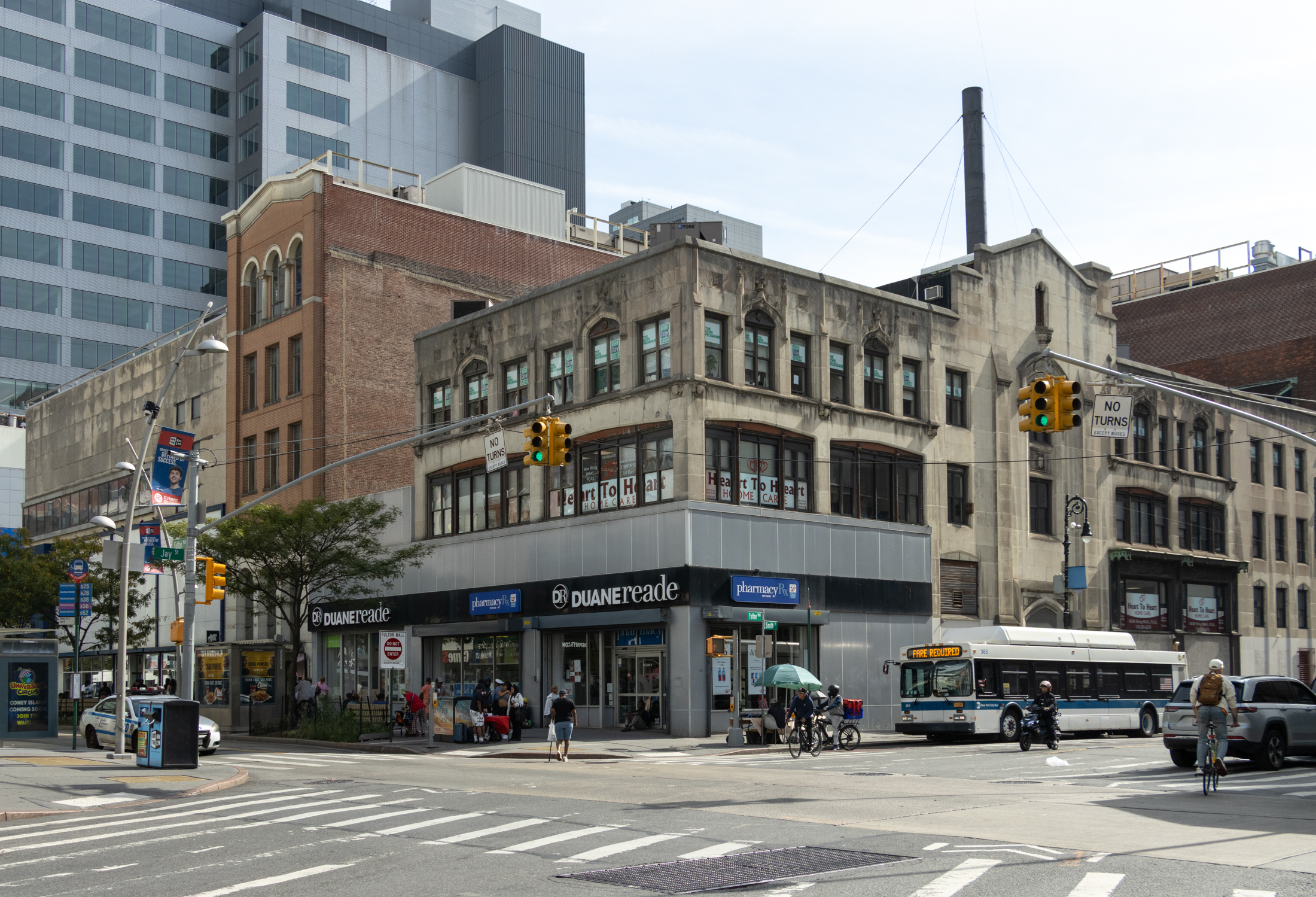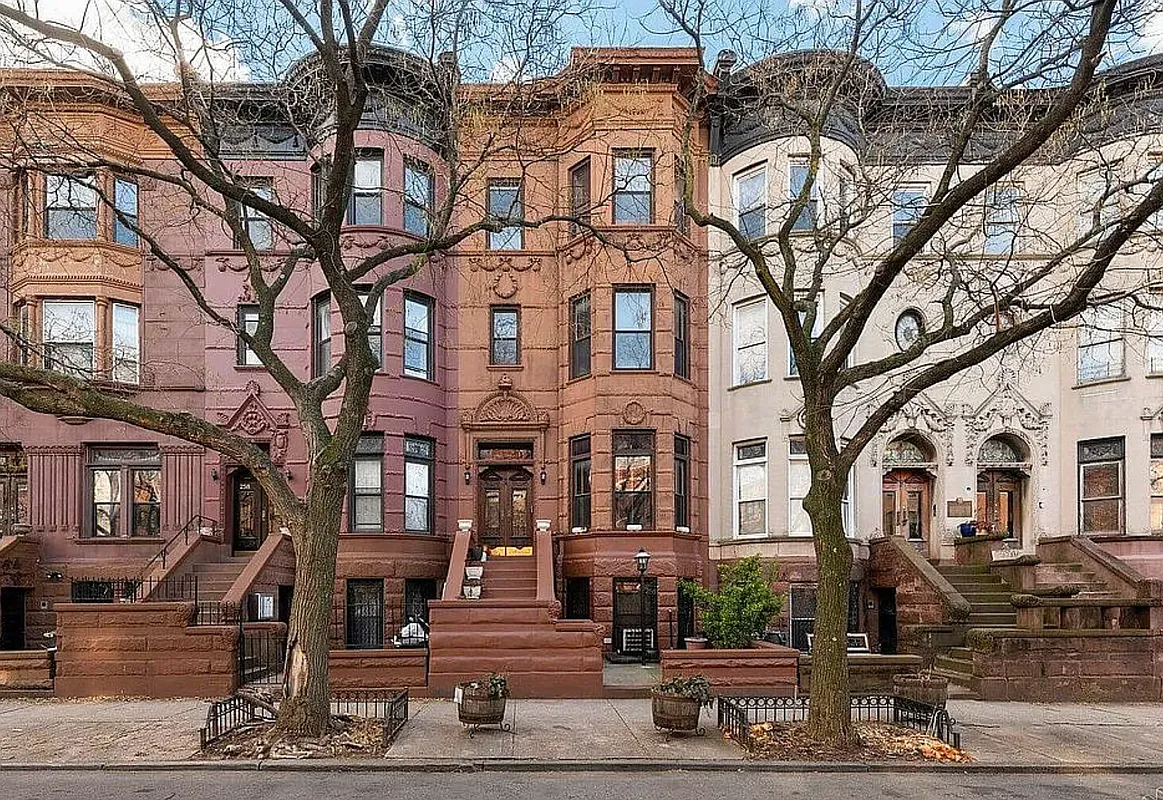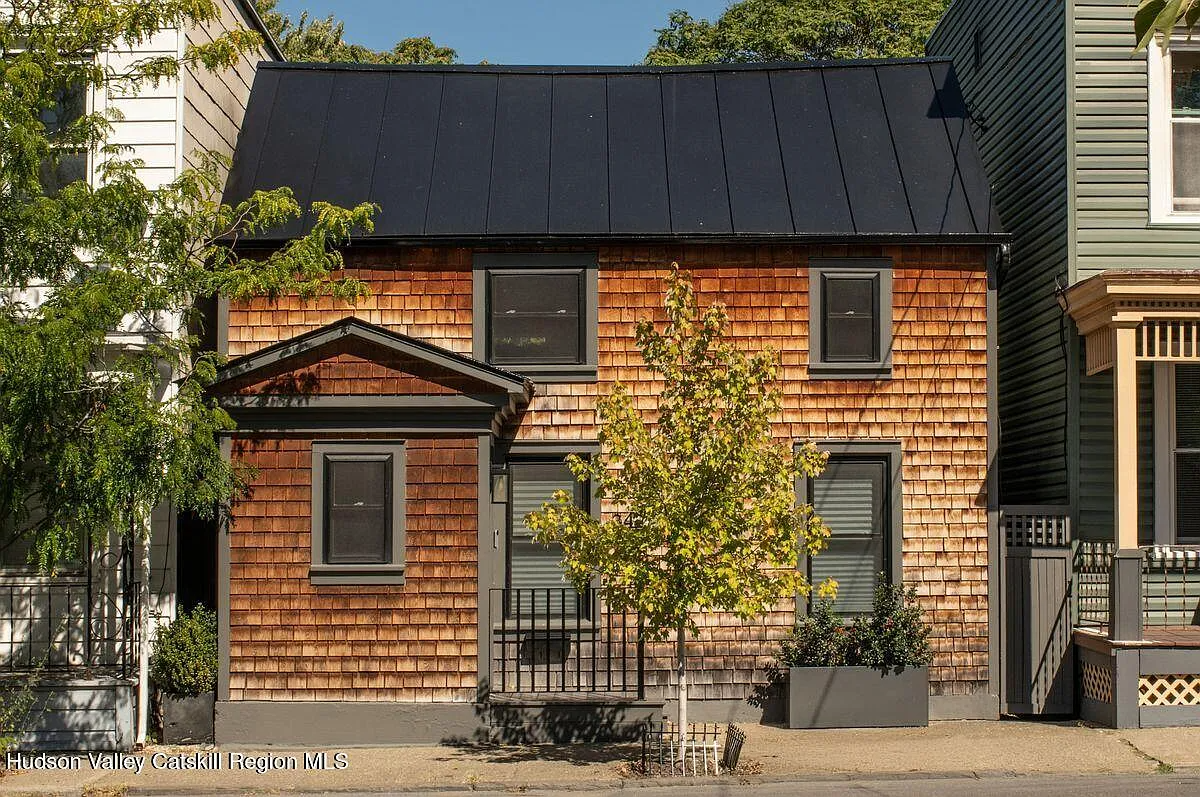To Bail or Not To Bail on Your Home?
If the value of your home is less than the amount of your mortgage does it make sense to keep making your payments or should you just walk away? If you can’t get the bank to reduce the principal of your loan, what should you do? Well, no one can tell you that because every…

 If the value of your home is less than the amount of your mortgage does it make sense to keep making your payments or should you just walk away? If you can’t get the bank to reduce the principal of your loan, what should you do? Well, no one can tell you that because every situation is different, but, as The Times points out this weekend, the penalties for defaulting on your mortgage may not be as onerous as they once were. First of all, more and more banks and saying OK to short sales, in which the owner sells the house for less than the value of the mortgage; secondly, even if you go into foreclosure, the bank is unlikely to chase you down to make up the difference between the sales price and the mortgage amount. If the lender does forgive some piece of your debt, however, some states will still try to treat the forgiven debt as taxable income. Lastly, some legal experts expect that the credit rating agencies won’t hit you as hard for a foreclosure now as they might have in the past. It just seems obvious that a foreclosure in 2008 or 2009 doesn’t have as much information value as a foreclosure five years ago, said legal prof Todd J. Zywicki. Are any readers currently underwater and considering voluntarily bailing on their home?
If the value of your home is less than the amount of your mortgage does it make sense to keep making your payments or should you just walk away? If you can’t get the bank to reduce the principal of your loan, what should you do? Well, no one can tell you that because every situation is different, but, as The Times points out this weekend, the penalties for defaulting on your mortgage may not be as onerous as they once were. First of all, more and more banks and saying OK to short sales, in which the owner sells the house for less than the value of the mortgage; secondly, even if you go into foreclosure, the bank is unlikely to chase you down to make up the difference between the sales price and the mortgage amount. If the lender does forgive some piece of your debt, however, some states will still try to treat the forgiven debt as taxable income. Lastly, some legal experts expect that the credit rating agencies won’t hit you as hard for a foreclosure now as they might have in the past. It just seems obvious that a foreclosure in 2008 or 2009 doesn’t have as much information value as a foreclosure five years ago, said legal prof Todd J. Zywicki. Are any readers currently underwater and considering voluntarily bailing on their home?
Thoughts on Walking Away From Your Home Loan [NY Times]
Photo by Jennscrzy





Though I couldn’t bear to read the entire thread, I think many of the descriptions of mcmansions could also have been used to apply to the streetcar suburubs and the rows of brownstones in their day. Those of you who have done radical renovations on their houses may have discovered (as I did) that developers over a hundred years ago also underbuilt some of their houses and placed them on small lots.
It is becoming clear to me that many posters don’t know what a McMansion is. Do a quick google search if you have not actually laid eyes on any of these things before (or, like me, gone visited a great many of them with a realtor in the suburbs). A McMansion is not a mansion. It is a cheap plastic version of a mansion. A McMansion creates the temporary illusion of class. It will not last very long before falling apart, as owners of the first McMansions (from the 1980s) are finding out now. A few distinctions between McMansions and the real article:
– The real thing comes with land, and plenty of it. A McMansion is awkwardly placed on too small a lot. Ownership of open, unbuilt space is an immediate class identifier.
– The real thing is built to last as long as a brownstone (which is neither a mansion nor a McMansion by the way). A McMansion will fall apart relatively quickly.
– The real thing probably has a porch or other features that reduce gross indoor square footage but increase outdoor usability. McMansions invariably sacrifice aesthetic beauty and outdoor usability in favor of maximizing indoor square footage.
– A McMansion may have a few pathetic young trees in the yard that will take many years to reach meaningful size. This is because the McMansion was just built on an open lot. There is probably little or no shade in the yard (other than the shadow of the McMansion next door, which is quite close). The real article has plenty of shade in the yard and the rest of the property.
– A McMansion almost certainly has a huge flat screen TV in it somewhere. It may have even come with the house.
– The big SUV in the McMansion garage is almost certainly leased. Whatever the owner of the real article drives (or has driven) is owned outright.
– A McMansion probably has a “high end” kitchen with plenty of brand name appliances, and some realtor probably convinced him this adds long-term value. The owners of the real article may or may not cook for themselves, and even if they do they almost certainly wouldn’t sell their house on the basis of the brand names of the appliances.
– The owner of the McMansion probably stretched himself to the maximum to buy. The owner of the real article did not.
– You can see the McMansion very clearly from the road. You probably cannot see the real thing at all, but if there is a view it is a partial one.
– The mansion sacrifices size for aesthetics. The McMansion sacrifices aesthetics for size.
– The McMansion owner has a motorboat in the driveway. The owner of the real thing has a sailboat somewhere. Only one of them borrowed to buy his boat. You know which one.
How’s that for snobbery, fsrq?
Sincerely,
someone who is familiar with the real article
Ever see those commercials on tv for the work-at-home-part-time-and-make-gazillion-dollars scams? The ones where the people say, “I only work part time, and we were able to buy this house.” In the background of a couple of those people is one of the largest, overdone, pretentious pieces of crap houses I’ve seen anywhere. It’s got about 14 extensions with turrets, and is large enough for a batallion. That, to me, is the McMansion everyone is talking about.
That may well be the modern equivilent of some massive Queen Anne mansion somewhere. Fine. And speculative rows of identical brownstones are the grandparents of modern townhouse enclaves in suburbia. And? The difference may be of taste and materials, but also of expectations. While there are certainly lots of stories about wannabe robber barons who started their vanity mansions and never lived in them because they went bust, the majority of people who built their houses in the past did not pay as much on credit, did not hold mortgages as long, and had personal relationships with their bankers and lenders. You didn’t have a house in Indiana with a mortgage from a company based in California, or Hong Kong.
With life today a series of impersonal transactions with entities we never meet, people we don’t know, and never even shake hands with, there is no incentive to stick to a deal. Many people 100 years ago stayed with their employers or their businesses for life. Today, most people are loyal only to the largest pay package, and in turn, most companies will dump even the most loyal worker in a heartbeat.
It seems to me, that in the long run, for those for whom a house is first and foremost, a home, there is less likely a chance to cut and run. These are places in which much more than mere money has been invested. Barring only the worst
of circumstances beyond their control, these people will not walk away. This is true whether it is a 200year old stone farmhouse or a 2 year old new build.
I do think, also, that those who do invest in old homes, do so as much for the love of those homes as examples of solid craftsmanship and architectural beauty, and the desire to be stewards to something more than just mortar, bricks and wood. In spite of the costs of renovation and upkeep, a true old house lover’s first thoughts are not how much can I sell this for in 5 years.
Pardon- “doesn’t mean”
rotten keyboard.
oh please. Just because you don’t understand the context, doesn’t me the rest of us don’t. Stop making the discussion into something it isn’t.
Right, it’s just used to describe large, grandiose houses that the person doing the describing doesn’t like.
Plenty of people denounce recently built “McMansions” in, say, the Hamptons or Greenwich, but many/most of those are built using very high-end construction and are probably just as sturdy as the 1920s inner-suburb Georgian McMansion I grew up in or the 1880s Italianate McMansion in Park Slope I now occupy part of.
And I would argue that lots of those high-end contemporary McMansions are quite nice looking and thoughtfully designed, even if they are not to my taste or (needless to say) budget. And if they last another 100 years, they will probably be highly valued — just as the big, grand show-offy houses of the last century that were sturdy and beautiful enough to be left standing today are valued.
The problem with a term like “McMansion” is it has no objective meaning. It’s just meant to convey contempt. As evidenced by many of the posts above.
McMansions are a class by themselves. I have no problems with big beautiful houses- there are plenty out there. And yes- I’m sure the “Upper” classes did shudder at their supposed vulgarity. Buyt then again, have you seen a Gold Coast Mansion? No townhouse could ever match those in vulgarity.
But as an artist/designer I feel that there is a level of design sensibility we no longer express today. It isn’t part of education any longer, it isn’t part of our aesthetic, and we have lost most of the skills and abilities that went into constructing thise buildings. There is not ‘ess is more in a McMansion. As lechacal said- its junk food and they are so distinctive in that respect the term McMansion was coined specifically for them. It is not used for just any large house.
Oops, sorry for garbled post above.
I hit “post” prematurely, but hopefully my point is clear enough.
Hey, what’s with the self-satisfied McMansion bashing?
I shudder at them too, but wonder about the moralizing cast of much of the commentary here. Don’t forget, the brownstone beauties lining the streets of Park Slope, etc., were pretty much the McMansions of their day — self-conciously fancy, even grandiose, exurban houses in historicist styles built by developers for the upper-middle classes.
I bet if you went back to the archives you’d find plenty of (old money) tastemakers sneering at their vulgarity…
Brownstones are beautiful (and the ones still here by definition well-built), but the beauties lining the streets of Park Slope, etc., were pretty much the McMansions of their day — self-consciously “fancy” historicist housing built by developers for the burgeoning upper-middle class.
I’m not a historian, but it wouldn’t surprise me if when you combed the archives